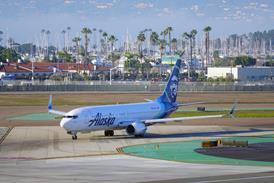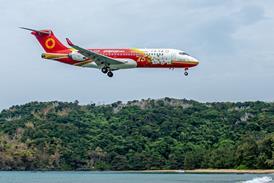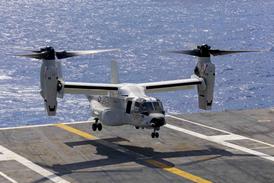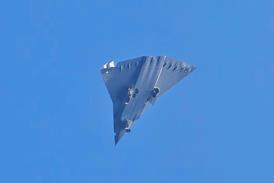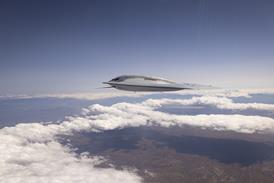A probe into the deadly crash of a Jeju Air Boeing 737-800 at Muan has commenced, with concerns raised about the condition of the jet’s flight-data recorder.
Investigators from Boeing, the US government’s National Transportation Safety Board, and South Korea’s Aviation and Railway Accident Investigation Board are working together at the site of the disaster, according to South Korean officials.

The investigators face one of the most high-profile accidents in recent years, which claimed the lives of 175 passengers and four crew, with just two crew surviving.
The crash occurred on the morning of 29 December following the aircraft’s (HL8088) operating flight 7C2215, an overnight service from Bangkok.
The aircraft apparently suffered a compressor stall in its right side CFM56 engine as it approached Muan’s runway 1, possibly due to a bird strike. The jet circled around, called a mayday, and then made a high-speed belly landing on runway 19, its landing gear still retracted, its flaps and slats undeployed.
The aircraft exited the end of the runway and exploded when it connected with a wall supporting the airport’s ILS marker.
The probe will also look at Muan airport itself. A media report from South Korea indicates that the airport, located near several bird sanctuaries, has the highest bird strike rate in the country. The wall supporting the ILS marker will also come under scrutiny.
Following the incident, Seoul has ordered inspections of all 737-800s in the country, with a focus on their engines and landing gear. The directive also includes two military variants of the 737, the E-7A Wedgetail and P-8A Poseidon.
Both the cockpit voice and flight data recorders have been recovered. The flight data recorder suffered external damage, according to reports.
Moreover, Yonhap quotes an official as saying that the device was “missing a connector that links its data storage unit to the power supply.”
The cockpit voice recorder, meanwhile, is “in a relatively better condition.”


